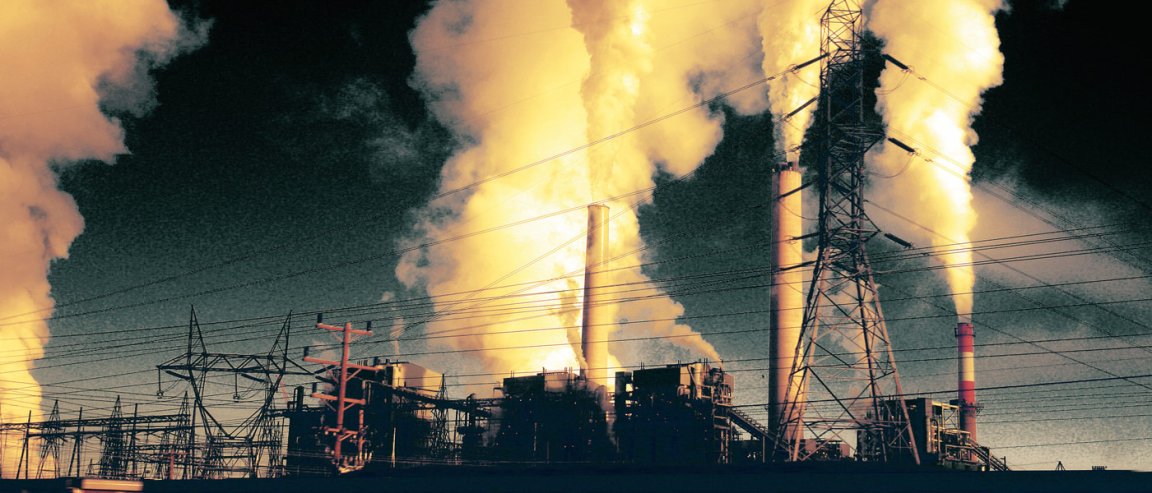
A BUBBLING PROBLEM
The world’s increasing commitment to battling climate change is largely spurred by the glut of statistics that say how much pollution and greenhouse gases are in the atmosphere right now. But it turns out that these statistics may have been wrong — there are more manmade greenhouse gases (GHGs) than we previously thought.

Scientists have discovered a new source of these gases — dams and reservoirs. A new study has determined these sources of usable water and hydroelectric power are contributing significantly to the amount of methane released in the atmosphere.
By how much? Researchers from Washington State say the methane from dams and reservoirs is the equivalent of roughly 1 gigaton of carbon dioxide a year — that’s 1.3 percent of all greenhouse gases produced by humans.
They made the discovery after reviewing 200 previous studies on potential emissions from 267 dams and reservoirs around the world.

So how are stagnant bodies of water releasing methane? Well, when you flood an area for a reservoir, you trap organic material under the water. And tiny microorganisms start eating at the organic material and produce bubbles of methane.
Add that to the organic material deposited by freshwater rivers that feed these reservoirs.
Around 80 percent of the gas is methane, while 17 percent is carbon dioxide. The rest is nitrous oxide.
CAUTIONARY TALE
Does that mean that we should stop building dams? Not really. Dams and reservoirs are also sinks for carbon dioxide and other GHGs, and the study was unable to determine the ratio of GHG emission to absorption.
But it does mean we should be a little bit more cautious in going down the path of hydroelectric power. A major part of Costa Rica’s 100% renewable energy milestone is hydro power, and other countries are following suit.
Now, it is foolish to think relying on just hydro will be the path to go. In the end, we will have to look at a mix of solutions to address our energy crisis.